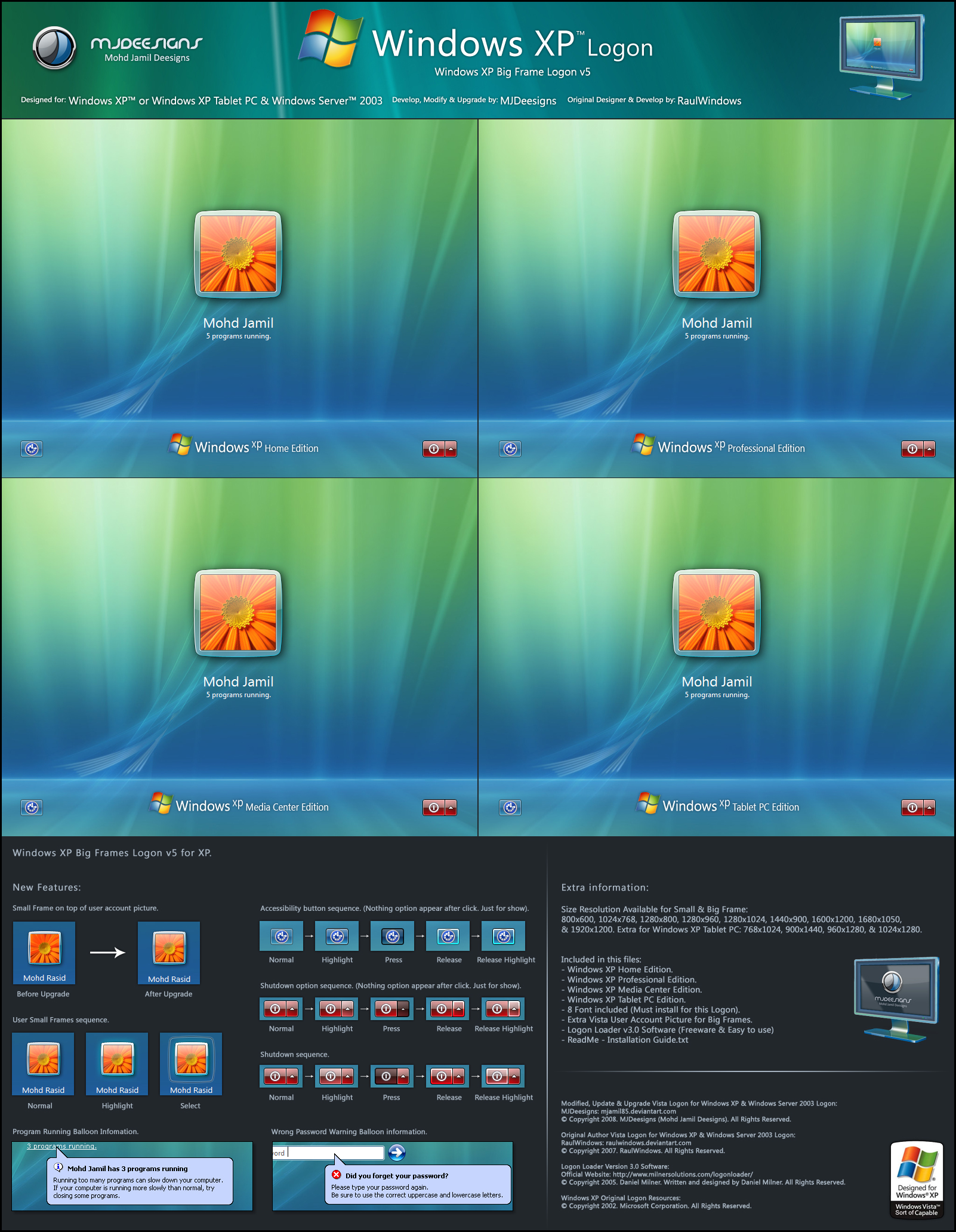 In today’s digital age, websites have become an integral part of our lives. We rely on them for various tasks, from shopping to banking. However, not all websites are accessible to everyone, especially those with disabilities. This is where website accessibility comes into play.
In today’s digital age, websites have become an integral part of our lives. We rely on them for various tasks, from shopping to banking. However, not all websites are accessible to everyone, especially those with disabilities. This is where website accessibility comes into play.
Website accessibility refers to the practice of designing and developing websites that can be used by people with disabilities. It ensures that individuals with visual, auditory, motor, or cognitive impairments can access and navigate websites effectively. Ensuring website accessibility is not only a legal requirement in many countries but also a moral obligation. By making your website accessible, you are providing equal opportunities for all users to access your content and services.
So, how can you check the accessibility of your website? With the advancement of technology, there are several tools and techniques available. Here are some steps you can take:
The first step is to conduct an accessibility audit. This involves evaluating your website against established accessibility guidelines such as the Web Content Accessibility Guidelines (WCAG). There are various online tools available that can help you perform this audit. During the audit, pay attention to elements such as color contrast, text alternatives for images, keyboard navigation, and clear headings. These are crucial aspects that can greatly impact the accessibility of your website.
Testing your website with assistive technologies can provide valuable insights into its accessibility. Assistive technologies such as screen readers, magnifiers, and voice recognition software are commonly used by people with disabilities. Try navigating your website using a screen reader to understand how it reads the content aloud. Ensure that all the important information is conveyed effectively through the screen reader. Similarly, test your website with other assistive technologies to identify any potential issues.
Not all users can rely on a mouse or touch screen to navigate websites. Some individuals with motor impairments may rely solely on keyboard navigation. Therefore, it is essential to ensure that your website is fully accessible using only a keyboard. Test your website by navigating through all the interactive elements using the Tab key. Make sure that the focus indicator is visible and moves in a logical order. This will ensure that users can easily navigate and interact with your website without any barriers.
Images and multimedia content play a significant role in enhancing the user experience of a website. However, they can also pose accessibility challenges if not optimized correctly. Ensure that all images have descriptive alt text that provides a clear description of the image for screen readers. Additionally, provide captions or transcripts for videos and audio content to make them accessible to users who may not be able to hear or see the content.
In today’s mobile-centric world, it is crucial to ensure that your website is accessible on various devices and screen sizes. Test your website on different mobile devices and screen resolutions to check for any accessibility issues. Pay attention to elements such as font size, button spacing, and touch targets. Make sure that users can easily interact with your website using touch gestures and that the content is displayed correctly on smaller screens.
In conclusion, website accessibility is a vital aspect of creating an inclusive online environment. By ensuring that your website is accessible to everyone, you are not only complying with legal requirements but also providing equal opportunities for all users to access your content and services. Conducting regular accessibility checks using the tools and techniques mentioned above will help you identify and address any accessibility issues on your website. Remember, accessibility is an ongoing process, and it is essential to continuously monitor and improve the accessibility of your website to provide the best user experience for all.
